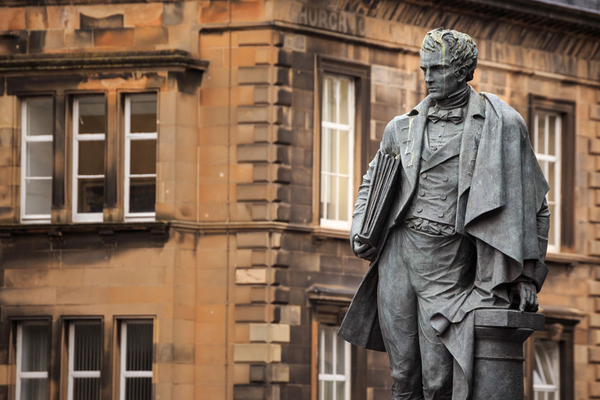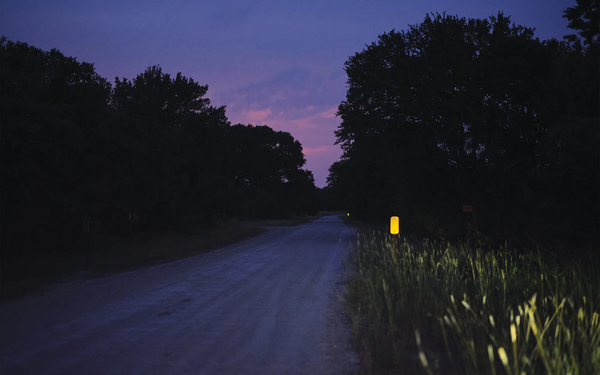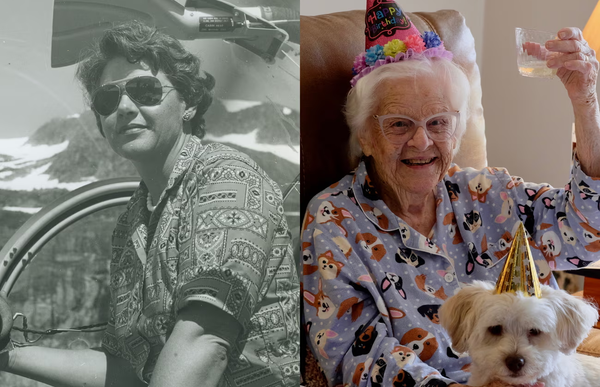The country hicks who built the legendary café culture of Paris
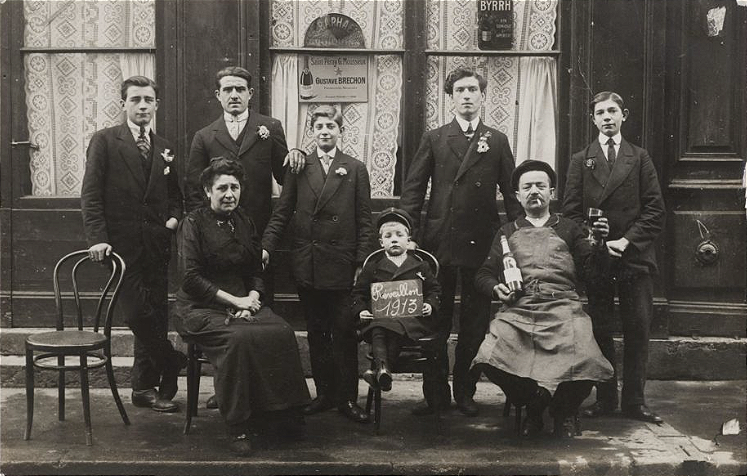
From MessyNessyChic: "When we think of Parisian café culture, we might think of the literary crowd that congregated at the Café de Flore with Simone de Beauvoir and Jean Paul Sartre in the 1950s. Who would have thought that we owe it all to an industrious community of coal-shovelling country bumpkins that are still running the show behind those zinc countertops. Just before the midpoint of the century, migrants flooded in from the volcanic region of Auvergne in middle France, and at the turn of the 19th century, the Auvergnats notably fell into the lucrative business of selling coal. Soon, the need for a shop became apparent, as well as a place to store the coal, so the Auvergnats began opening establishments where one could buy or order their charcoal, as well as wine, spirits, and lemonade. Soon one could see signs painted to read, “Vins et charbons” (“wine and coal”)."
Newly discovered skeleton in Germany was buried like a vampire or zombie
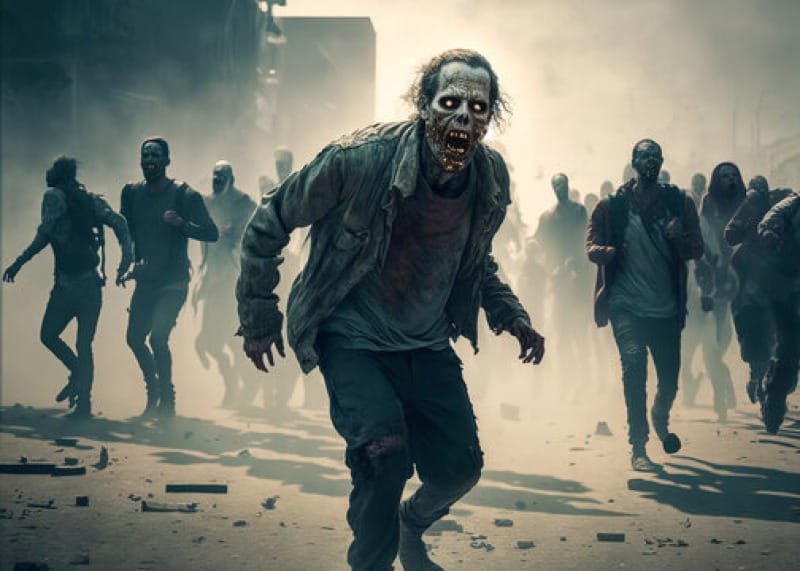
From Atlas Obscura: "Skeletal remains with rods clamped across their necks, dirt in their mouths, or spears pinning down their body: These are just a few tactics that Europeans of the past used to ward off the resurrected dead—or zombies, if you will. Several archaeological sites have pointed to “revenant” graves across Europe, where there’s evidence that people were worried about the dead coming back, spanning 18th-century Polish vampires to Ancient Greek zombie burials. A recent discovery in Germany found the remains of a man who was pinned by a large stone placed over his bent legs, according to the Saxony-Anhalt State Museum of Prehistory, which first broke news of the discovery. The museum suggests that this is an example of a revenant grave, as the rock was placed in such a deliberate way to prevent the corpse from rising."
A farmer found a treasure trove of more than 700 gold coins hidden during the Civil War

From the New York Times: "A Civil War-era treasure of more than 700 gold coins was unearthed in a Kentucky cornfield, a find that has at least partly vindicated legends of lost Civil War gold that have driven American treasure hunters for more than 150 years. The discovery, which coin sellers have called the Great Kentucky Hoard, was made on a farm by a man who has so far remained anonymous. In a video posted on YouTube, the man is seen frantically counting mounds of coins caked with dirt. The coins were later certified as genuine $1, $10 and $20 gold coins minted before and during the Civil War, and a coin dealer valued a single gold dollar from the collection at roughly $1,000. One type of coin drew particular attention: gold Liberty double eagles minted in 1863, which today are valued at anywhere from a few thousand dollars up to $381,875."
Editor's note: If you like this newsletter, please share it with someone else. And if you really like it, perhaps you could subscribe, or contribute something via my Patreon. Thanks for being a reader!
He disappeared on a fishing trip in Ohio and then turned up on TV in Nebraska
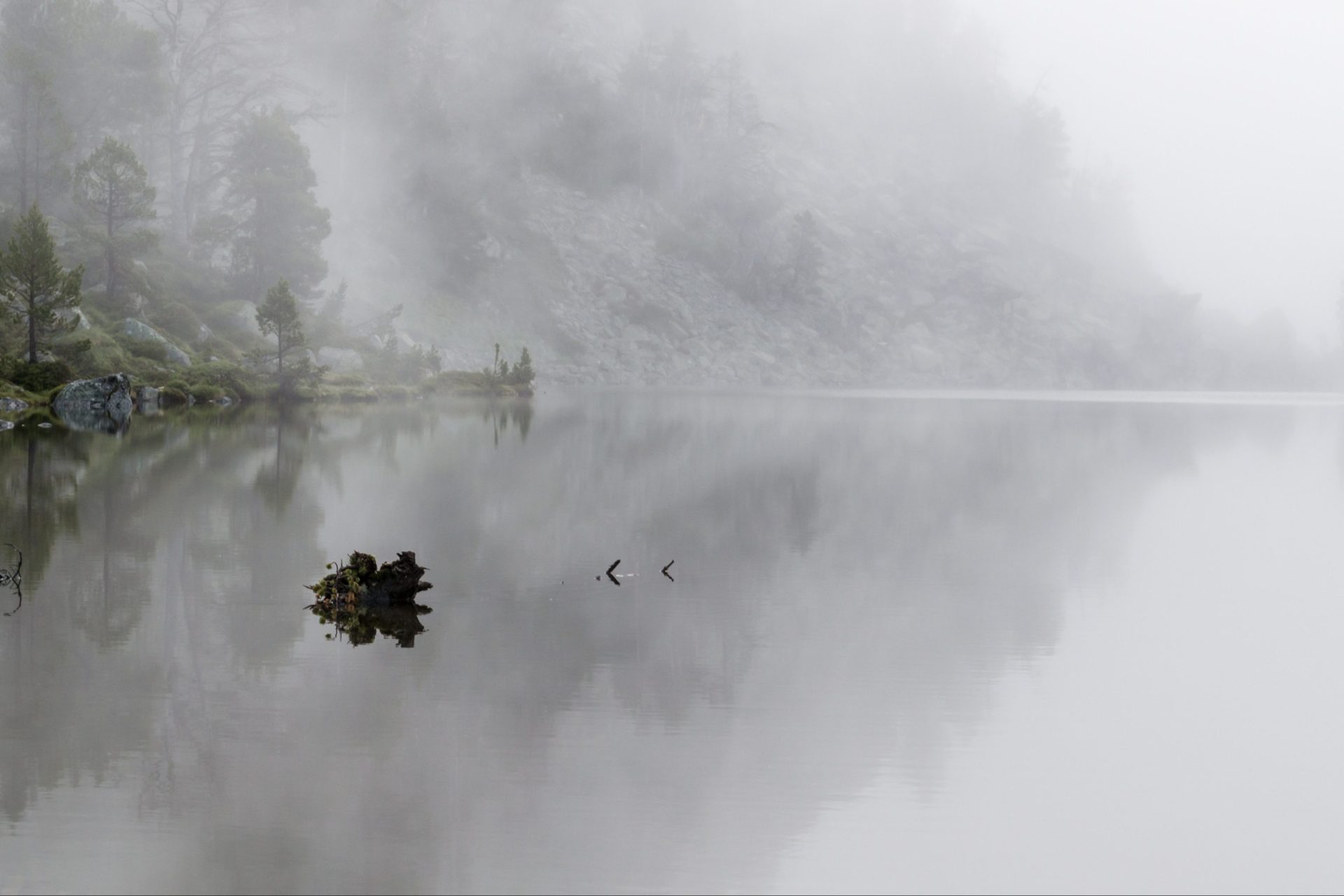
From Wikipedia: "On May 15, 1957, Lawrence Joseph Bader, a cookware salesman from Ohio, rented a 14-foot boat, kissed his wife Mary Lou goodbye, and went to Lake Erie to go fishing. His boat was found the next day after a storm. The boat had minor damage and a missing oar. The couple had three children, with another on the way. Four days later, John "Fritz" Johnson made his first known appearance at Roundtable Bar in Nebraska, and attracted attention by sitting on a flagpole for thirty days to raise money for polio. His popularity led to his becoming a bartender, radio announcer, and TV sports director at KETV-7. With his flamboyant personality, he became a minor celebrity. In 1964, it was discovered that Johnson had a cancerous tumor behind his left eye. He lost the eye and wore an eyepatch, adding to his flamboyance."
Plastic surgery was free for American prisoners for almost a century
From ABC News: "Between the 1920s and the 1990s, around half a million US prisoners underwent state-sanctioned plastic surgery, Stone says. Packed prisons, Western beauty ideals, recidivism and racism all played a role in the practice continuing for so long. As early as 1910, New York prison commissioner Henry Solomon advocated for free plastic surgery for the state's criminals. Solomon argued the case for a relationship between "physical defects" and crime, saying that "often a man's physical condition makes it easier for him to steal a dollar than to earn one". At some prisons, healthcare came to be seen as a rehabilitative aid and cosmetic surgery fell under that banner. Since the early 1930s, at New York's maximum security Sing Sing Prison, for example, plastic surgery was included in the medical care provided by the prison."
The Apollo 15 crew took envelopes to the moon so they could sell them

From Boing Boing: "Back in the glory days of NASA's Apollo program, astronauts often brought small personal items into space as souvenirs. But the crew of Apollo 15 took this a step too far in 1971. Commander David Scott and his crew agreed to carry around 400 unauthorized postal covers (stamped envelopes) to the lunar surface. Their plan was to have the envelopes postmarked before launch and after splashdown, then sell them to a German stamp dealer for around $7,000 each. The covers launched inside Scott's spacesuit pocket and spent a few days on the Moon aboard the Lunar Module Falcon. After a safe return, the covers were postmarked again on the recovery ship before being autographed by the astronauts. When superiors caught wind of it months later, the Apollo 15 crew was removed from future flight assignments and soon after left NASA."
He lost an eye to cancer so he made a prosthetic eye that's also a flashlight
This guy turned his eye into a flashlight pic.twitter.com/pBpE3ASon7
— Interesting Things (@interesting_aIl) May 13, 2024
Acknowledgements: I find a lot of these links myself, but I also get some from other newsletters that I rely on as "serendipity engines," such as The Morning News from Rosecrans Baldwin and Andrew Womack, Jodi Ettenberg's Curious About Everything, Dan Lewis's Now I Know, Robert Cottrell and Caroline Crampton's The Browser, Clive Thompson's Linkfest, Noah Brier and Colin Nagy's Why Is This Interesting, Maria Popova's The Marginalian, Sheehan Quirke AKA The Cultural Tutor, the Smithsonian magazine, and JSTOR Daily. If you come across something interesting that you think should be included here, please feel free to email me at mathew @ mathewingram dot com

